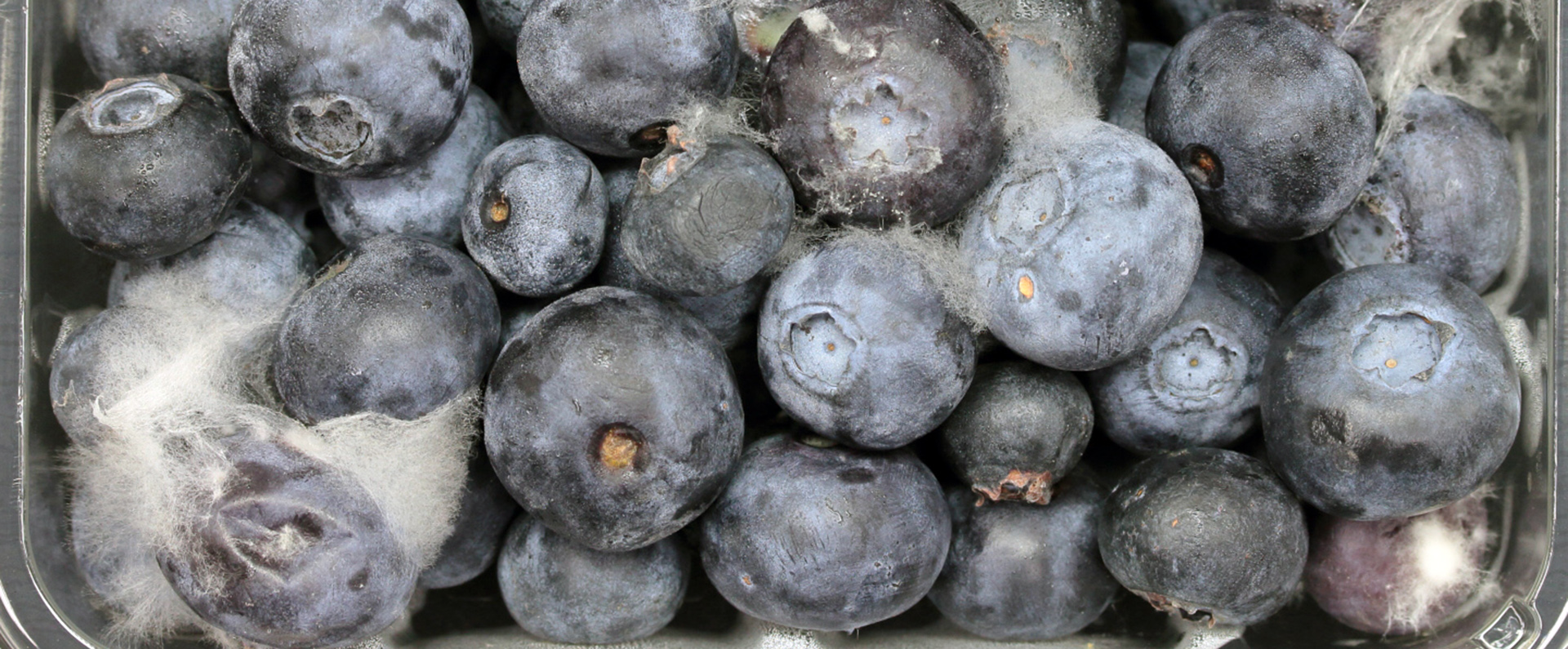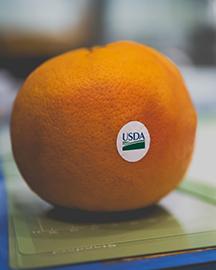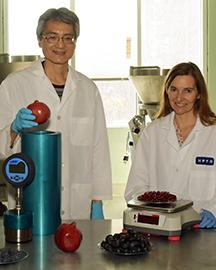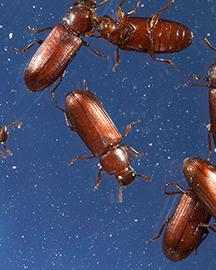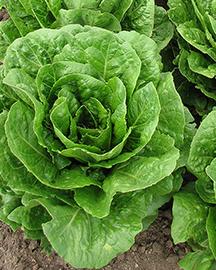Controlling Fruit Rots in Blueberries
Blueberries are an excellent source of essential nutrients and a good source of dietary fiber. The United States is the global leader in blueberry production, but producers are losing millions due to postharvest fruit rot diseases, which limit the storage and shelf life of fresh blueberries. Controlling postharvest fruit rot diseases is crucial to producers, both here and abroad.
ARS researchers in Parlier, CA, applied natamycin as a postharvest dipping or spraying treatment to see if it could control postharvest blueberry rots. Natamycin is a natural food additive generally regarded as safe. It’s used as a preservative in foods such as yogurt, sausages, juices, and wines. Researchers determined that natamycin provided effective postharvest control for reduction of fruit rots and maintenance of fruit quality of fresh blueberries.
Related Information
Research Project: New Approaches to Enhance Fresh Fruit Quality and Control Postharvest Diseases
Postharvest Use of Natamycin to Control Alternaria Rot on Blueberry Fruit Caused by Alternaria alternata and A. arborescens.


